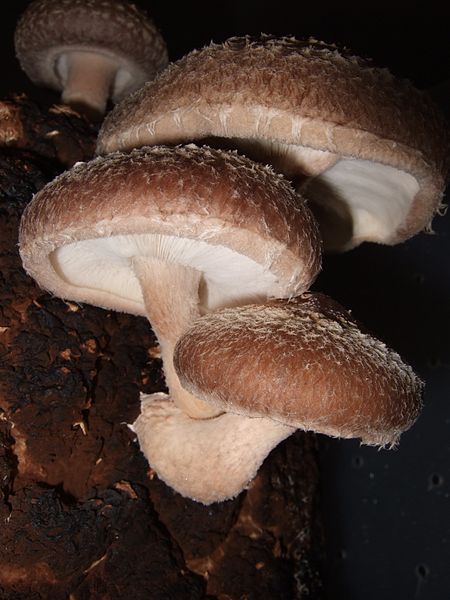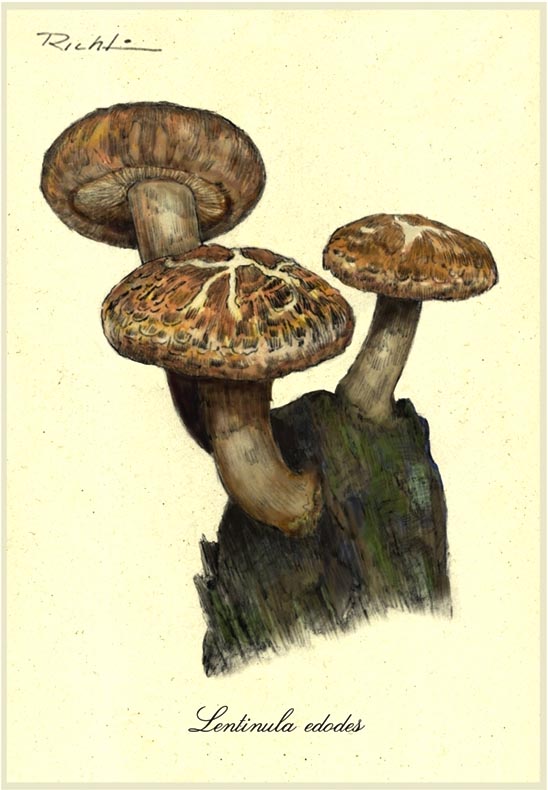
|
Photo:
|
|
|
Characteristics:
|
|
Habitat:
|

|
Parts Used:
|
|
Collection and Harvesting:
|
|
Constituents:
|
|
Actions:
|
|
Indications:
|
|
Combinations: |
|
Preparation and Dosage:
|
|
Contraindications:
|
|
Drug Interactions: |

|
History and Origin:
|
|
Ethnobotany: |
|
Growing Information:
|
|
Personal Impressions and Experiences: |
|
Historical Botanical Illustrations:
|
|



